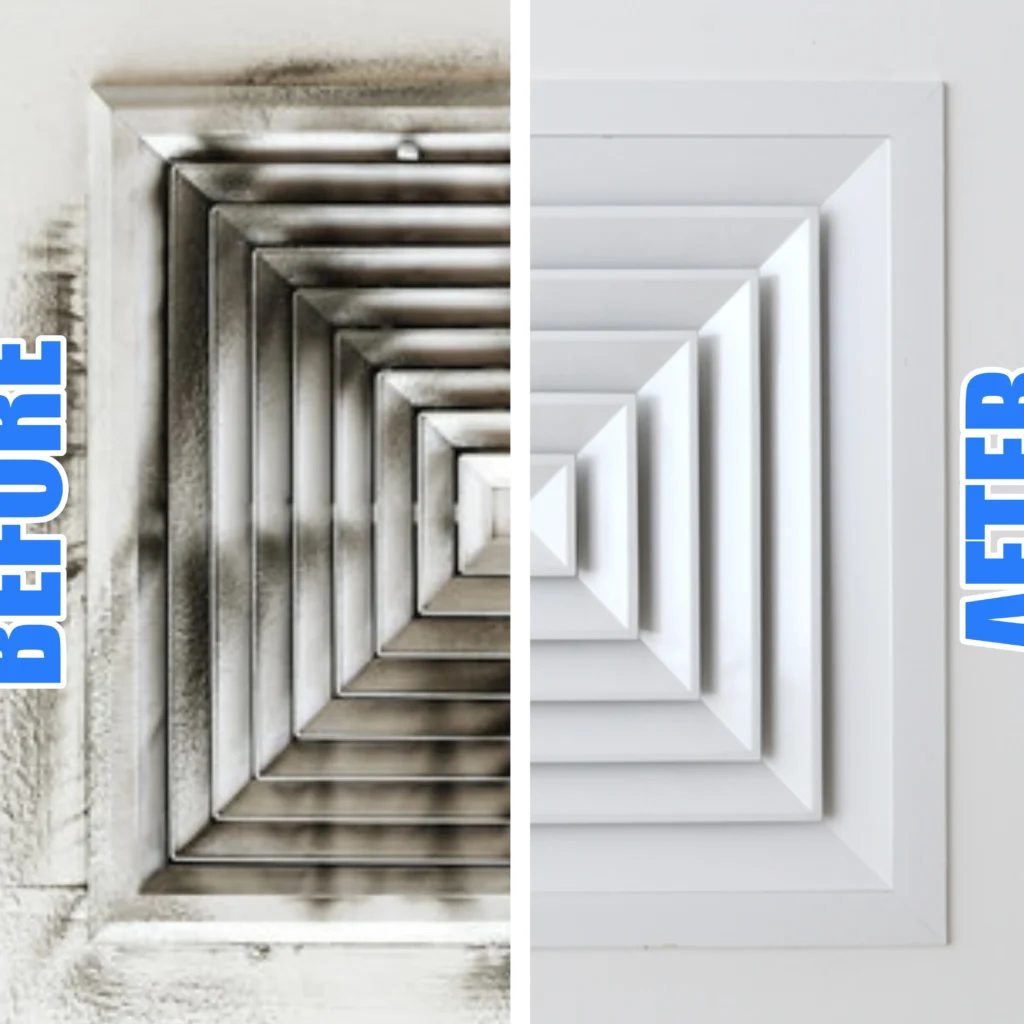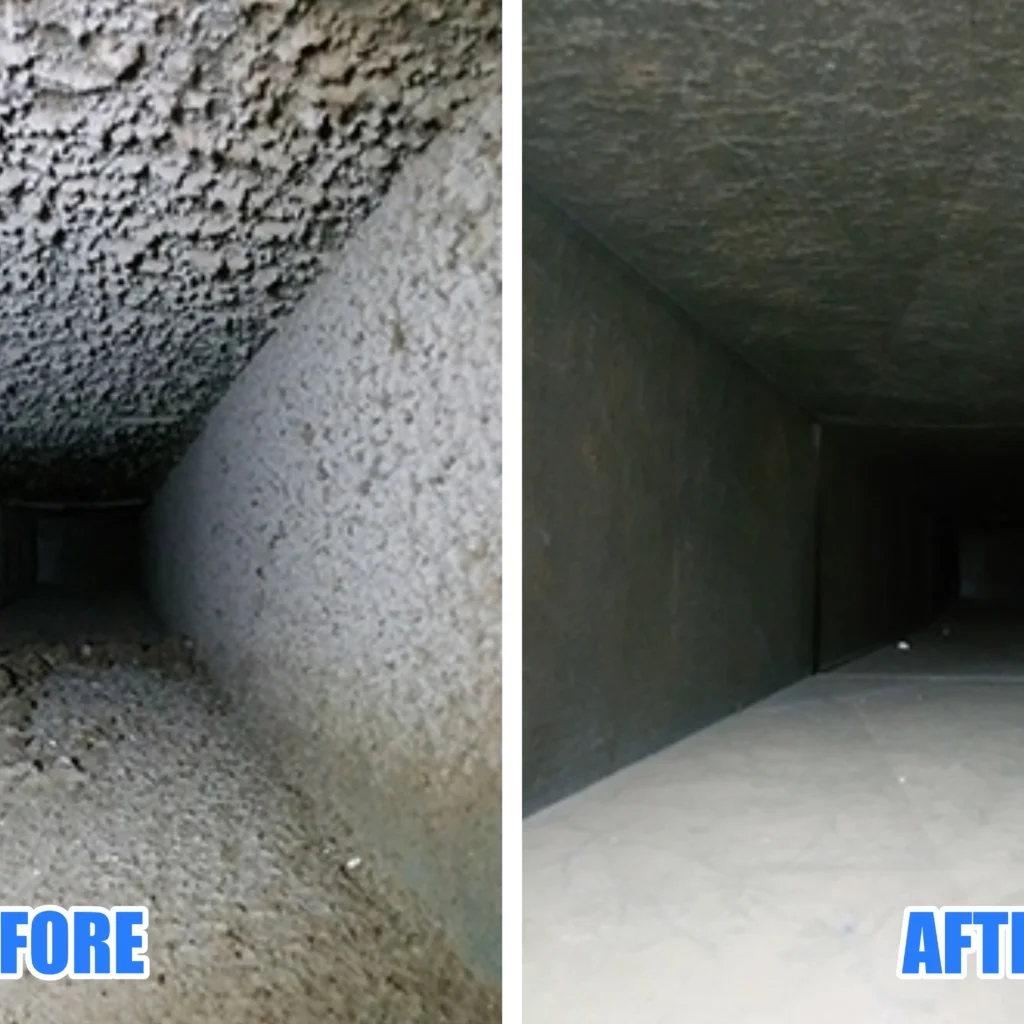If you’re getting ready for a duct cleaning service, one of the first questions you might ask is:
“Do I have to move furniture for duct cleaning?”
It’s a great question—and the answer is yes, in most cases.
Moving furniture may seem like a hassle, but it’s a small effort that ensures your air ducts are cleaned thoroughly, improving your system’s performance and your home’s indoor air quality.
In this guide, you’ll learn:
-
Whether or not you should move furniture
-
What happens if you don’t
-
How to prepare your home effectively
-
What to expect from professional cleaners
Why Access to Air Vents Is So Important
Before cleaning can begin, technicians need clear access to all air vents, including:
-
Supply vents (which blow air into the room)
-
Return vents (which pull air back into the system)
-
HVAC access panels
These are often located in areas where furniture naturally sits—such as under beds, behind sofas, or beneath rugs. If these areas are blocked, the cleaning can’t be done effectively.
What Can Go Wrong If Vents Are Blocked
-
Partial cleaning – Dust and debris remain in unreachable ducts
-
Reduced airflow – Lower HVAC efficiency post-cleaning
-
Missed vents – If access isn’t possible, techs may skip vents entirely
-
Safety hazards – Cords, clutter, or tight spaces can create risks
Should You Move Furniture Before Duct Cleaning?
Absolutely — and here’s why:
Most duct cleaning companies do not move furniture themselves due to:
-
Insurance limitations
-
Risk of damage
-
Tight scheduling
If you’re preparing for air duct cleaning, it’s important to move furniture that:
-
Blocks floor registers or wall vents
-
Prevents access to return vents near hallways or behind furniture
-
Sits over HVAC panels or closet access points
What Should Be Moved?
| Furniture Type | Move Required? | Reason |
|---|---|---|
| Large sofas or sectionals | ✅ Yes | Often cover vents or restrict airflow |
| Beds over floor vents | ✅ Yes | Complete blockage—must be cleared |
| Lightweight chairs | ✅ Yes | Easy to move and create space |
| Dressers or cabinets | ⚠️ If blocking | Move if covering vents or access panels |
| Dining tables | ❌ No | Unless vents are directly underneath |
What Happens If Furniture Is in the Way During Duct Cleaning?
If furniture is not moved, technicians may:
-
Skip the blocked vents entirely
-
Attempt partial cleaning (less effective)
-
Delay the job or reschedule if critical areas are blocked
This results in:
-
Uncleaned areas with lingering dust, mold, or allergens
-
Reduced improvement in indoor air quality
-
Lower system efficiency and lifespan
Can Duct Cleaning Be Done With Furniture in the Room?
Yes—but only if:
-
The furniture is at least 2–3 feet away from any air vents
-
It does not block HVAC access doors or technician pathways
Otherwise, the effectiveness of the service is reduced.
Real-World Scenario:
A customer leaves a king-sized bed over a central floor register. The technician can’t access it. That vent is skipped—airflow from that room remains dusty, defeating the purpose of the cleaning.
[wptb id=1984]
Do Duct Cleaners Move Furniture Themselves?
One of the most common questions is:
“Do duct cleaners move furniture, or do I need to do it myself?”
In almost all cases, duct cleaning professionals expect homeowners to move furniture before the appointment.
Here’s why most companies don’t move furniture:
-
Liability risks: Moving furniture may cause scratches, wall damage, or break fragile items.
-
Time constraints: Duct cleaning is often scheduled tightly; additional time to rearrange furniture can delay the job.
-
Limited manpower: Technicians are trained for HVAC work, not furniture moving.
Pro Tip: Ask your duct cleaning company ahead of time if they offer optional furniture-moving support (some premium services do for an extra charge).
Preparing Your Home for Duct Cleaning – Full Checklist
To make sure your air duct cleaning goes smoothly, here’s a simple preparation checklist.
Pre-Cleaning Preparation List
| Task | Why It Matters |
|---|---|
| ✅ Move furniture at least 2–3 feet from all vents | Provides clear access to floor registers and returns |
| ✅ Roll up rugs covering vents | Ensures vents aren’t blocked during cleaning |
| ✅ Unplug electronics near floor vents | Prevents damage from dust, tools, or air pressure |
| ✅ Remove fragile or valuable items near work zones | Reduces risk of accidental breakage |
| ✅ Secure pets in a separate room | Ensures their safety and keeps them out of the way |
| ✅ Clear access to HVAC closet or attic entrance | Allows full system inspection and cleaning |
| ✅ Close off unused rooms (optional) | Focuses airflow and cleaning on high-use areas |
What If You Can’t Move Heavy Furniture?
Not everyone can move heavy furniture like beds, couches, or bookcases. Here’s what to do if that’s your situation:
Options If You Can’t Move Furniture:
-
Move what you can – Focus on small or lightweight items (chairs, stools, electronics, décor).
-
Notify the provider – Let your cleaning company know ahead of time which vents are blocked.
-
Mark vents clearly – Use sticky notes or tape to show where vents are located under furniture.
-
Schedule help – Ask a family member or hire short-term help (many TaskRabbit pros can assist).
-
Prioritize essential rooms – Focus on clearing living areas, bedrooms, or high-use spaces first.
Pro Tip: Many companies are understanding if you communicate early. Transparency helps them plan the job better and avoid missed spots.
Will Duct Cleaning Still Be Effective with Furniture in Place?
The honest answer is: partially.
If some air vents are blocked by furniture, those areas might:
-
Be missed entirely
-
Receive only light cleaning
-
Continue circulating dusty air
Why full access = full results:
-
Better suction and agitation of debris
-
Deeper reach into each duct line
-
Even airflow after cleaning
-
Improved energy efficiency of your HVAC system
Should You Move Rugs or Electronics?
Yes—just like furniture, rugs and electronics near vents should be moved before your duct cleaning appointment.
Here’s why:
-
Rugs covering floor registers block suction and reduce cleaning efficiency.
-
Electronics placed near vents (like speakers or gaming consoles) are vulnerable to:
-
Dust blowout
-
Accidental bumps from equipment
-
Short-circuits if exposed to strong air pressure
-
Pro Tip: Roll up rugs and store them temporarily. Unplug and move electronics at least 2–3 feet from any supply or return vents.
What to Expect During the Cleaning Process
Knowing what happens during a professional air duct cleaning will help you feel prepared and confident.
Duct Cleaning Process: Step-by-Step
| Step | What Happens |
|---|---|
| ✅ Arrival & inspection | Technicians check your vent layout, access points, and system |
| ✅ Setup | Hoses, vacuums, and brushes are installed into vents |
| ✅ Cleaning | Compressed air or agitation tools dislodge debris; vacuum sucks it out |
| ✅ Optional add-ons | Some services offer coil cleaning or sanitizer treatment |
| ✅ Wrap-up | Techs test airflow, clean up any mess, and review results with you |
How Furniture Affects Indoor Air Quality
Leaving furniture in the way doesn’t just limit the cleaning—it can also leave dust, allergens, and mold behind, which continue to circulate through your HVAC system.
Cleaner ducts = cleaner air
Blocked vents can leave:
-
Pet dander in bedroom ducts
-
Dust buildup under sofas and beds
-
Mold spores in humid return lines
Pro Tip: If you suffer from allergies or respiratory issues, clearing access to every vent is non-negotiable.
Expert Tips From HVAC Pros
Here’s what experienced duct cleaning professionals suggest for homeowners before their appointment:
🛠 HVAC Pro Tips:
-
“Clear 2–3 feet around every vent for our hoses and tools.”
-
“If you can’t move something, mark it clearly and let us know.”
-
“We recommend turning off your HVAC system an hour before arrival.”
-
“Avoid vacuuming for 24 hours after cleaning to let dust settle.”
Frequently Asked Questions (FAQs)
✅ Do duct cleaners move furniture for me?
No, most companies expect you to move furniture in advance. Always confirm before the appointment.
✅ Can duct cleaning be done with furniture in the room?
Yes, but only if it doesn’t block access to floor registers, air returns, or the HVAC unit.
✅ Do I need to unplug electronics near vents?
Yes. It prevents dust damage and ensures full access to your vents.
✅ What if I can’t move my bed or couch?
Move what you can. Inform the technician and request partial cleaning or solutions.
✅ How soon can I move furniture back after cleaning?
Usually right after service. Just make sure any dust has settled and surfaces are dry.
Final Thoughts
So—do you have to move furniture for duct cleaning?
Yes, you should. It ensures the job is done thoroughly, safely, and effectively.
By preparing your home and clearing the area around vents, you:
-
Boost the effectiveness of the cleaning
-
Protect your furniture and electronics
-
Improve the air quality in your home
-
Help technicians do their job better and faster



